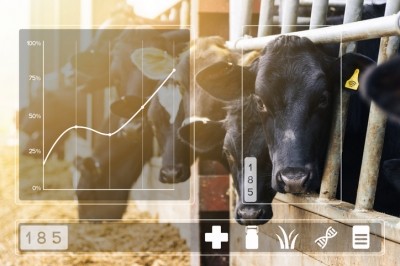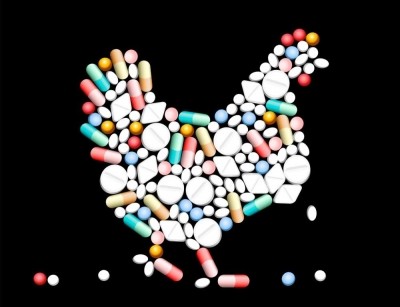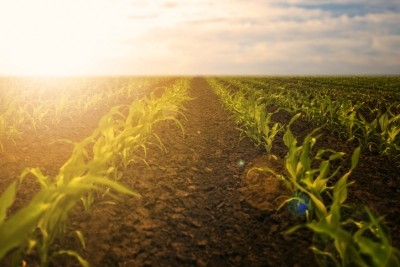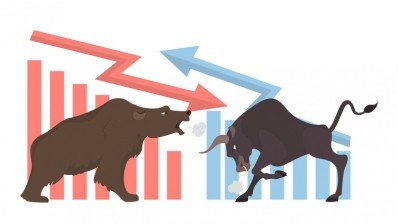Slow sales, rising costs may limit investment in livestock antibiotics
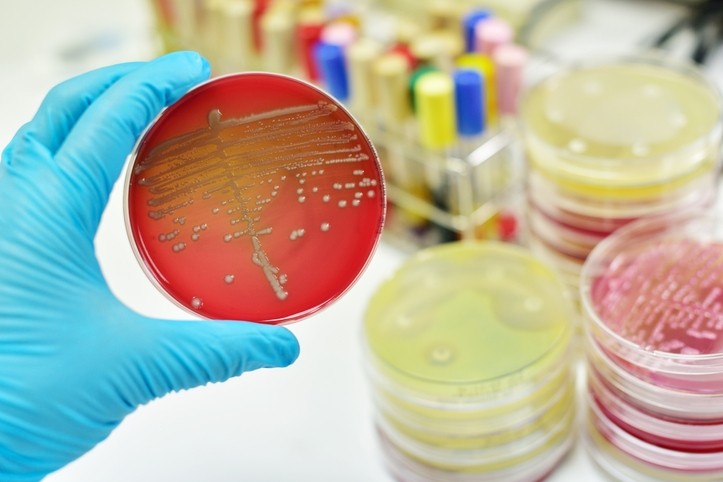
A recent report from the Economic Research Service (ERS) at the US Department of Agriculture (USDA) focused on how changes to the sales and use of antibiotics in livestock feed and production are influencing antibiotic sales and new product development.
Many of the antimicrobial products used in animal production come through the research-intensive animal pharmaceutical industry, they said. As that industry has faced new challenges stemming from the increasing concerns regarding the spread of bacteria resistant to antibiotics, the demand for new products and the development of new antimicrobials has changed.
“Growing concern has led to more rigorous regulations on the use of antibiotics in food-animal production, rising demand for food products raised without antibiotics, and wider adoption of disease-reduction methods,” they said. “These developments, in turn, may have the effect of decreasing sales of antibiotic products, lowering incentives to invest in new livestock antibiotics, and raising incentives to invest in non-antibiotic products.”
However, increasing pressures of animal disease and expanding meat exports from the US and EU, along with antibiotic resistance could support the continued use and development of additional antibiotics, they added.
“These various pressures on overall sales of antibiotics may sway animal pharma’s product development,” the report authors said. “If animal pharma moves out of supplying antibiotics, this has ramifications for agriculture.”
“Veterinarians, producers, and other stakeholders in the livestock industry are concerned that fewer and fewer antibiotics are being developed for use in food animals,” they added. “These stakeholders worry that a slowing pipeline of drug development would limit their ability to prevent and treat key, economically relevant livestock diseases.”
Demand for antibiotics to be used in animal production may be sensitive to “shifting demands for meat and animal products, consumer preferences, and regulations,” they said.
“The number of antibiotics developed for food-animal use has indeed declined, and antibiotics are declining as a share of new, approved animal drugs,” they concluded in the report.
What influences new antibiotics development?
Animal pharma products are roughly covered in three categories – pharmaceuticals, biologics and medicated feed additives, the report authors said.
Pharmaceuticals or drugs are intended to treat or prevent a disease, while biologics are typically vaccines and medicinal feed additives include antibiotics, vitamins, amino acids, feed enzymes and other products added to feed.
All medicinal feed additives also make a drug claim, so they face specific regulation, while nonmedicated feed additives do not make drug claims, they said.
“In 2017, pharmaceuticals comprised the largest share of animal pharma industry sales (58%). Biologicals were estimated at nearly a third of sales (30%), and medicinal feed additives comprised 12%.”
There is some overlap in the types of products developed both human and animal pharma, they said.
Animal pharma has been able to use some of the research done for human product development and rely on innovations in products for humans as that market can fund more research.
“Animal pharma’s dependence on human drug discovery, however, leaves the animal health market vulnerable to changing research priorities in the human health arena,” they said. “When human and animal health priorities overlap, discoveries in human health are easily applied to animal health, but when the two separate, it is difficult for animal pharma to conduct discovery research on its own to fill the void.”
US-based animal pharma has increased the amount spent on research and development from about $604m in 1989 to $1.1bn in 2017, the authors said.
However, the number of non-generic drugs for animals has dropped during the same period.
“As the amount of R&D spent on each product rises, pharmaceutical companies must choose products that make the most economic sense,” they said. “Veterinary pharma companies make profit-maximizing decisions whether to invest in food or companion animals, what types of food animals or of drugs to invest in, and whether to market generic or original products.”
Since the late 1980s, the largest number of animal drugs approved were for use in feed or with livestock, however the decline in approvals also is due to a reduction in approvals of products for use in livestock feed or production, they said.
“As the number of companion animal products remained fairly steady, the share of drugs approved for companion animals increased,” they said. “Beginning in the early 2000s, the numbers of companion animal drug approvals have been very similar to those for food-animal production.”
The types of products developed for the two groups tend to be different, the report authors said. Livestock-focused efforts tend to work with antibiotics, but not companion animal-focused research.
“The number of veterinary antibiotics approved has declined, but this partly reflects an overall decline in the number of animal drug approvals. However, … food-animal antibiotics as a share of all veterinary drug approvals has also declined.
“R&D for new food-animal antibiotics is declining. Introductions of new non-generic food-animal antibiotics appear to be declining, while generics make up an increasing share of new approvals.”
Additionally, as the production of poultry “raised without antibiotics” has increased, the share antibiotics have of poultry drug approvals declined, they said.
“This trend suggests that poultry drug makers may, in fact, be shifting out of antibiotics, responding to the rise in ‘raised without antibiotics’ production,” they said.
“Because of the long lag between research initiation and product approval, the effects of upward-trending ‘raised without antibiotics’ production might not yet fully be captured in product approval,” they added.
Sales data and drivers
In the period from 2009 to 2015, the annual sales of antibiotics in the US that can be used with livestock increased, the report authors said.
However, from 2015 to 2017, the total sales of those products fell by 30% in the US, with the sale of medically important antibiotics seeing a larger drop.
Similarly, in the EU sales for production use fell by 31% from 2010 to 2015, they said.
“US restrictions on use of growth-promoting antibiotics enacted in 2017 appear to have contributed to declines in antibiotics sales, and similar European regulations are generally correlated with declines in overall antibiotics sales,” they added.
In the US, the interest from consumers in animal products from livestock never fed antibiotics has increased – especially in poultry, they said. In 2012 about 2.7% of broilers were raised without antibiotics, and by 2017 about 44% were.
Sale markets also may be changing, in 2016 about 64% of global sales for animal pharma industry products were for livestock or food-producing animals and 36% were for companion animals, they said. In the US, in 2016 about 60% of sales were for companion animals and 40% were for livestock.
“Companion-animal products constitute an increasing share of new animal drug approvals in the United States,” the authors said. “Because most drugs are not approved for both food and companion-animal use, this finding suggests the increasing share of animal pharma R&D devoted to companion-animal pharmaceuticals comes at the expense of food animal pharmaceuticals”
